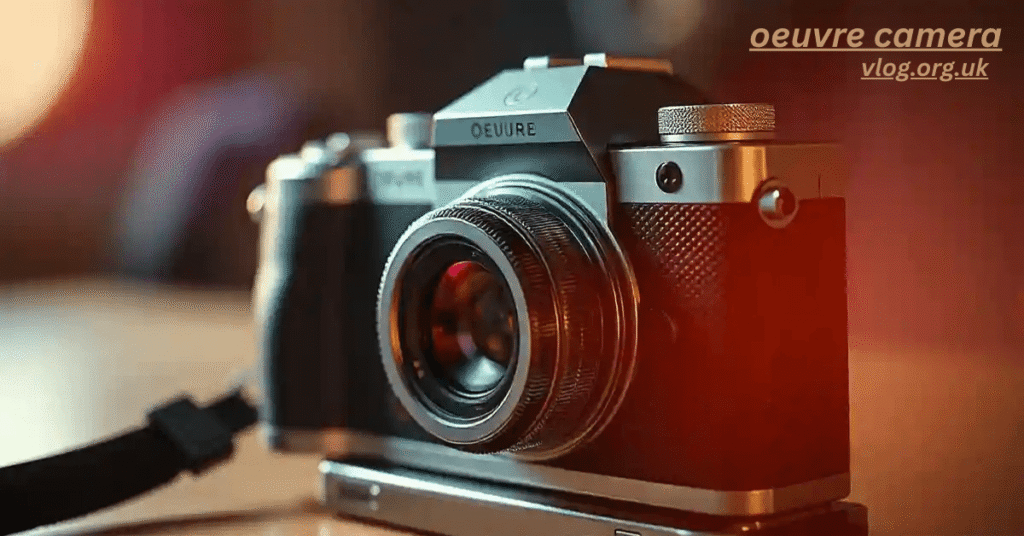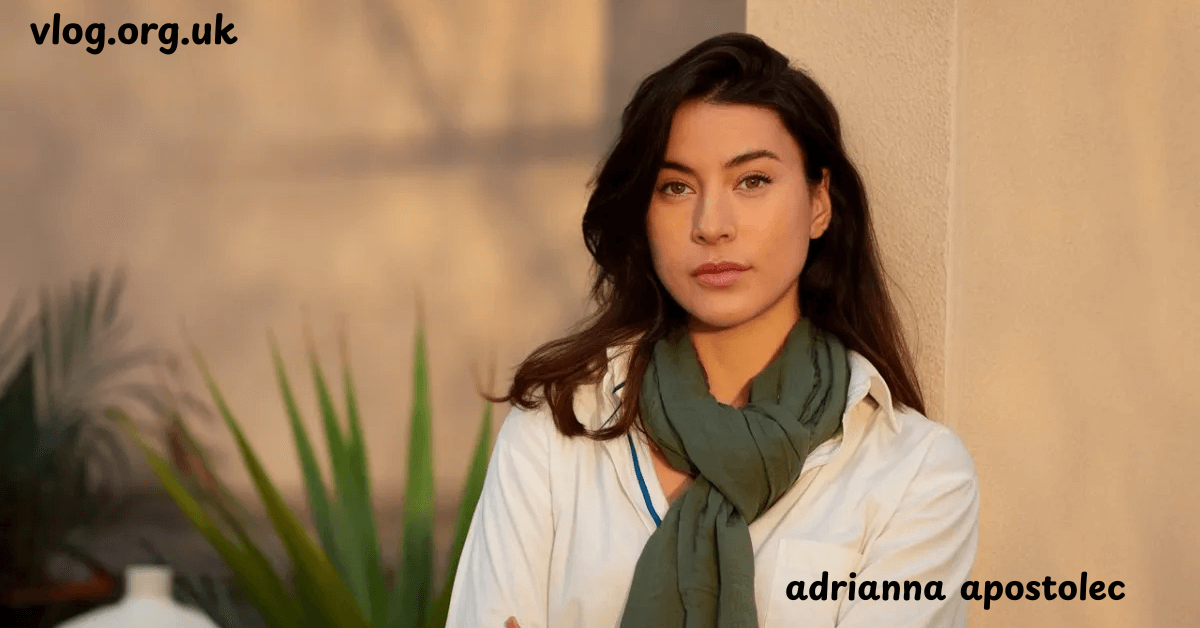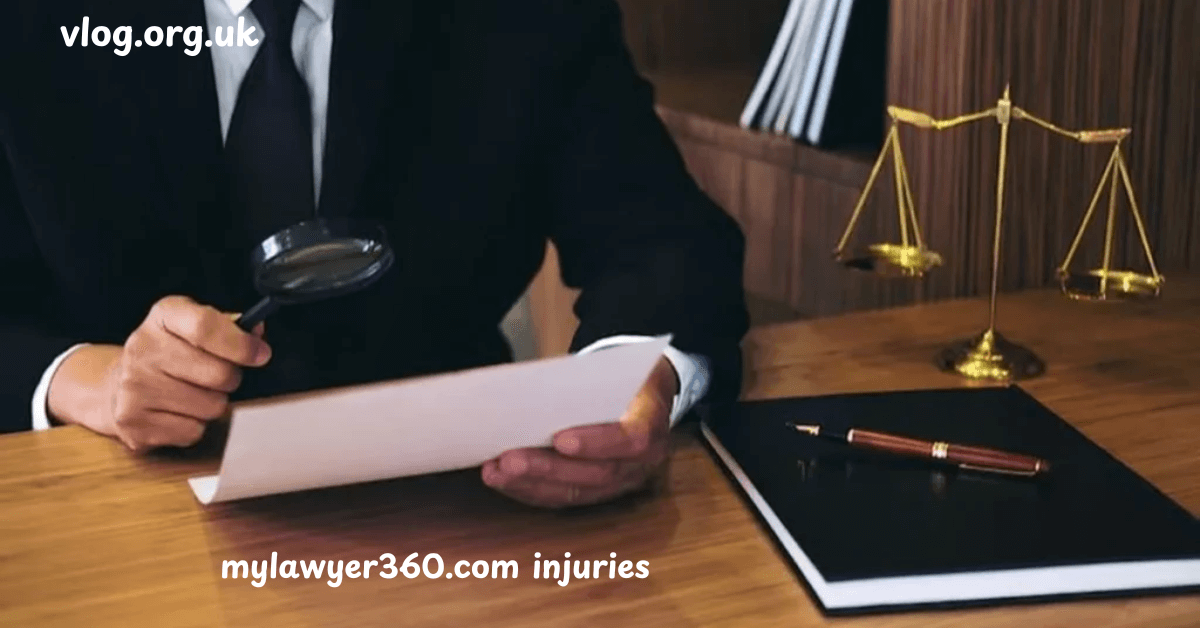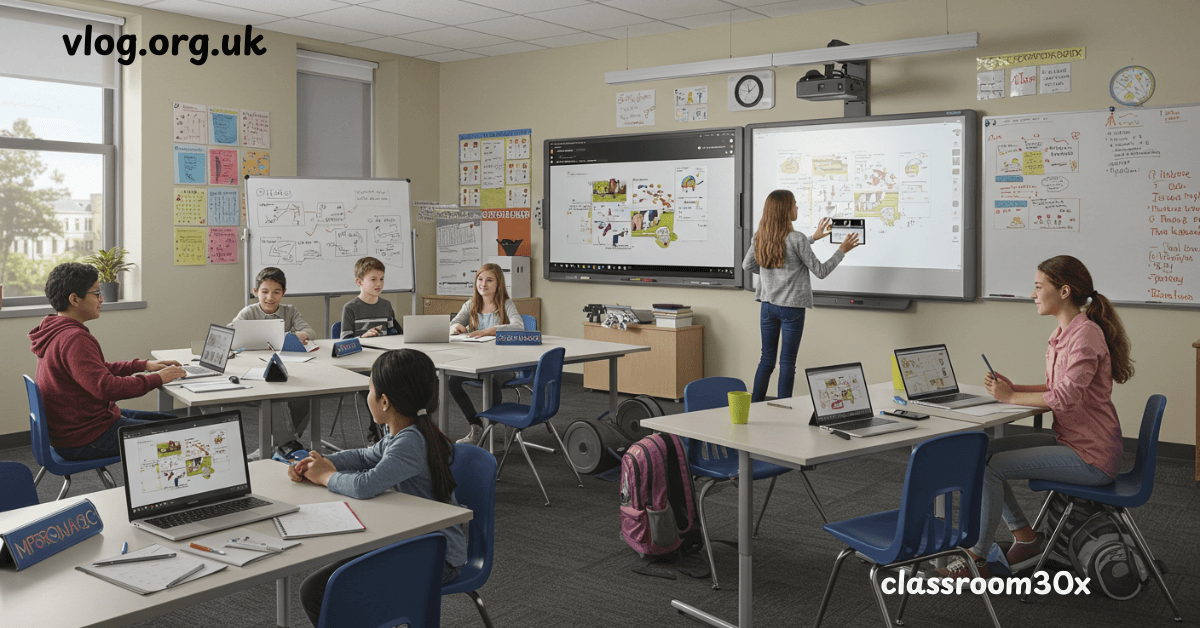
In the realm of photography, an oeuvre refers to the collective body of work created by a photographer. It encompasses a thematic, stylistic, and technical consistency that communicates a visual narrative. The oeuvre camera becomes the foundational tool in crafting this narrative—more than a device, it’s a creative partner.
Photographers build their photographic oeuvre through intentional image-making. By focusing on visual storytelling and thematic continuity, their portfolio transforms into a cohesive artistic photography journey. An oeuvre is not about quantity, but clarity of vision and consistency of execution.
Essential Camera Features for Artistic Photography
To develop a strong oeuvre, selecting a camera with the right features is essential. Manual controls, high-resolution sensors, and robust image quality parameters give artists the freedom to experiment and express. Advanced options like time-lapse functionality, focus stacking, and neutral density filters also support creative vision.
Camera systems that support interchangeable lenses offer expansive versatility. With proper lens selection, photographers can dictate the mood, depth, and sharpness of each image. Whether shooting landscapes, portraits, or abstract forms, the right gear amplifies creative control.
Technical Requirements
The technical foundation of any photographic oeuvre begins with exposure adjustment. Precision in shutter speed, aperture, and ISO settings ensures consistent image quality. Creative camera tools allow professionals to handle diverse lighting and weather conditions effectively.
Color calibration also plays a key role. A consistent color palette across a body of work adds to the visual coherence, reinforcing the photographer’s identity and style. Achieving this level of consistency often requires calibrated monitors and post-processing software.
Creative Tools and Functions
Creative functions such as multiple exposure, in-camera edits, and time-lapse photography help capture unique moments that shape the narrative tone. These features are integral in producing a signature visual style.
Digital photography tools also empower post-shoot enhancement. Tools for color grading, sharpness, and contrast adjustment enable the photographer to refine images, ensuring they align with the original creative intent.
The Role of Camera Selection in Artistic Development
Choosing the right camera system isn’t just about specs—it’s about synergy. Camera features must align with the photographer’s vision, workflow, and technical needs. Mirrorless systems, DSLRs, and even high-end compact cameras all offer different advantages.
A thoughtfully selected oeuvre camera can encourage artistic growth. As photographers adapt to new tools, they often evolve in their style and capabilities, incorporating new photography techniques and visual approaches.
Digital vs. Analog in Contemporary Art Photography
Both digital and analog formats have their place in today’s artistic photography scene. Digital offers convenience, flexibility, and precision. Analog, with its texture and grain, adds emotional depth and authenticity.
Photographers may choose one over the other based on the needs of a specific project or their overall style. Hybrid workflows—shooting in analog, then digitizing negatives—can offer the best of both worlds, bridging timeless aesthetics with modern tools.
Technical Considerations for Oeuvre Development
Developing a photographic oeuvre requires attention to image quality parameters like resolution, sharpness, and dynamic range. Investing in high-quality camera systems and lenses from reputable lens manufacturers ensures technical excellence.
Beyond the camera itself, stable tripods, remote shutters, and neutral density filters help maintain technical integrity. These additions reduce camera shake, allow long exposures, and enhance creative compositions
Image Quality Parameters
High-resolution photography enables intricate detail capture, an important element in fine art photography. Greater megapixel counts also allow for large-format printing, ideal for art exhibitions.
ISO performance, color depth, and file format options like RAW vs. JPEG are other image quality parameters that contribute to visual consistency and artistic identity. Mastery of these features elevates the final output.
Storage and Archive Management
Archiving is crucial in safeguarding a photographer’s life’s work. Using external hard drives, cloud solutions, and photographic archives ensures every piece of the oeuvre is securely stored.
File naming conventions, metadata embedding, and organized folder structures allow photographers to track creative evolution over time. These practices make future curation and retrospective reviews seamless.
Artistic Considerations
Beyond technical skills, artistry breathes life into a photographic oeuvre. Composition strategies, lighting setups, and subject engagement all play vital roles in storytelling.
A true oeuvre camera enables fluidity between vision and output. It supports spontaneity, experimentation, and reflection, providing photographers with the freedom to explore their craft.
Style Development
A photographer’s style is the fingerprint of their work. From the choice of lens to preferred lighting and post-processing workflow, style informs every image.
Consistency in editing, visual tone, and thematic elements strengthens photographic identity. Online photography portfolios often reflect this development clearly over time.
Subject Matter Selection
What you photograph is as important as how. Whether capturing fleeting street moments or serene landscapes, selecting subjects aligned with your voice builds a meaningful oeuvre.
Thematic continuity in subject matter adds coherence to your body of work. Whether it’s emotion, architecture, or nature, finding your subject niche can be creatively liberating.
Camera Techniques for Artistic Photography
Techniques like long exposures, motion blur, and creative use of focus create visual impact. Using manual controls enhances artistic input and helps photographers fine-tune each shot.
Advanced exposure methods such as bracketing and HDR further extend dynamic range, giving a painterly quality to photographs. These techniques, when mastered, become an extension of the artist.
Advanced Exposure Methods
Exposure bracketing and histogram monitoring help maintain tonal balance across diverse lighting. These ensure the final image reflects the depth and mood envisioned by the photographer.
Manual exposure control offers creative freedom, allowing intentional under or overexposure for dramatic effect. With practice, this transforms technical effort into expressive storytelling.
Composition Strategies
Framing, rule of thirds, leading lines, and negative space—these are the building blocks of compelling visuals. Mastering them enhances visual storytelling.
Creative framing elevates everyday subjects into artistic photography. The right composition communicates emotion, movement, and context, all central to a compelling oeuvre.

Post-Processing in Oeuvre Development
Post-processing is where style takes shape. Whether subtle or transformative, editing reinforces visual consistency across an oeuvre. Software tools help refine contrast, color, texture, and detail.
Non-destructive editing, selective adjustments, and layering techniques are essential. A well-managed post-processing workflow ensures coherence and professional polish.
Digital Workflow
An efficient digital workflow supports creative productivity. It includes file organization, batch editing, color management, and backup routines.
Digital photography tools streamline the entire process—from import to export—making it easier for photographers to focus on storytelling rather than logistics.
Color Management
Accurate color rendering across devices and prints is vital. Calibrating monitors, using ICC profiles, and shooting in RAW format contribute to color consistency.
This attention to color fidelity enhances visual impact and maintains the integrity of the photographer’s vision across formats.
Building a Professional Portfolio
A curated online photography portfolio showcases the best of a photographer’s oeuvre. This is where style, technique, and vision come together.
Use online platforms to display high-resolution images, maintain visual consistency, and attract galleries, buyers, and photography communities.
Curation Principles
Selecting portfolio images isn’t about choosing the best shots—it’s about narrative flow. The goal is to show progression, consistency, and artistic evolution.
Images should complement each other, tell a cohesive story, and highlight your unique voice. This strategic selection becomes your professional signature.
Presentation Methods
How you present your work matters. Consider print quality, layout, and framing for physical exhibitions. For online portfolios, mobile responsiveness and fast loading are key.
In both digital and physical formats, presentation reinforces professionalism and invites engagement with your artistic photography.
Equipment Maintenance and Care
Maintaining your oeuvre camera and accessories ensures consistent performance. Regular sensor cleaning, firmware updates, and careful handling prolong camera life.
Periodic lens inspection and proper storage prevent optical issues. Investing in maintenance sustains quality across your evolving body of work.
Camera Maintenance
Dust, dirt, and mechanical wear can affect image quality. Schedule routine check-ups, clean the sensor, and handle your camera with care.
Store gear in a dry, cool environment, especially during travel. Use protective cases and desiccants to avoid damage from moisture and dust.
Lens Care
Lens quality is as critical as the camera body. Use lens caps, UV filters, and microfiber cloths to keep optics clean and scratch-free.
Avoid touching lens glass directly, and store lenses in cushioned compartments. Proper care ensures long-term clarity and performance.
Environmental Considerations
Outdoor photographers should consider weather protection. Use camera rain covers, waterproof bags, and silicon jackets for unpredictable conditions.
Extreme heat or cold can affect battery life and camera performance. Know your equipment limits and prepare accordingly.
Weather Protection
Weather-sealed bodies and lenses allow you to shoot in rain, snow, or dusty conditions. These features are essential for landscape and adventure photographers.
Carrying neutral density filters also helps when shooting in bright light or dynamic conditions, ensuring consistent results regardless of the elements.
Storage Conditions
Store your oeuvre camera and accessories in a climate-controlled, dust-free environment. Use padded cases and silica gel to manage moisture.
Digital archives should be backed up in multiple locations. Cloud platforms offer convenience and disaster recovery in case of hardware failure.
Legal and Copyright Considerations
Copyright protection safeguards your creative work. Registering your photographs ensures legal ownership and deters unauthorized use.
Understanding image rights is vital when licensing photos or displaying them on online platforms. Always comply with legal frameworks.
Image Rights
Photographers retain copyright by default but may need to manage permissions when using models or shooting in public spaces. Model releases help avoid legal complications.
Respect intellectual property when capturing artworks or branded content. When in doubt, consult legal professionals or use established legal frameworks.
Licensing Options
Licensing your photographic oeuvre for commercial use, editorial features, or stock libraries can provide steady income. Choose licenses that align with your brand.
Creative Commons, royalty-free, or rights-managed—each has its place depending on usage goals. Transparency builds trust with buyers and partners.
Marketing and Promotion
Crafting a personal brand through a cohesive oeuvre enhances discoverability. Online presence through social media and portfolio websites connects photographers with broader audiences.
Collaborate with photography communities and join art exhibitions to build credibility. Active marketing attracts clients, collectors, and curators.
Online Presence
Use platforms like Instagram, Behance, or a personal website to showcase your photographic oeuvre. Engage with followers, offer insights, and share behind-the-scenes content.
Consistency in branding and image presentation boosts recognition. Use SEO-friendly descriptions and hashtags to maximize reach.
Exhibition Opportunities
Showcasing work in galleries and festivals amplifies artistic recognition. Submit to juried shows, open calls, and photography competitions.
Art exhibitions offer visibility, validation, and networking. Prepare high-quality prints and artist statements to make lasting impressions.
Future Trends in Artistic Photography
The future is vibrant. Emerging technologies like AI-assisted editing, 8K video, and computational photography will reshape artistic workflows.
Staying informed about camera features, software, and trends ensures your oeuvre evolves with time. Embrace innovation without losing your unique voice.
Technological Advances
From drone photography to real-time depth mapping, new tools enhance creativity. Today’s photographers have endless ways to tell visual stories.
Experimenting with tech enhances not just image quality but your ability to produce distinct, memorable work.
Artistic Evolution
As you grow, so should your oeuvre. Evolving your subject matter, techniques, and storytelling helps sustain passion and progress.
Keep reflecting, iterating, and refining your vision. Your camera is not just a tool—it’s a lifelong creative ally.
Educational Resources
Online courses, workshops, and photography communities offer learning and growth. Platforms like Skillshare, MasterClass, and Coursera feature expert-led tutorials.
Never stop learning. Community engagement and feedback spark inspiration and sharpen your skills.
Learning Opportunities
Join photography communities, both online and local. These spaces nurture creativity, share constructive critique, and support personal development.
Attend seminars, portfolio reviews, and collaborative projects. Education fuels artistic evolution.
Community Engagement
Artistic growth flourishes in community. Engage with forums, mentorship programs, and critique groups to grow both technically and artistically.
Participate in exhibitions, contribute to group projects, and network with other photographers to stay inspired.
Conclusion
An oeuvre camera is more than gear—it’s the vessel of your vision. With the right tools, techniques, and artistic intent, you can shape a body of work that resonates, evolves, and endures.
Photography is storytelling with light. Your oeuvre is your legacy—crafted one frame at a time.
FAQ Section Introduction
What is an oeuvre camera?
An oeuvre camera refers to a camera system chosen and used consistently by a photographer to create a cohesive body of artistic work. It’s not just about specifications—it’s about how the camera aligns with the artist’s style, techniques, and storytelling approach.





